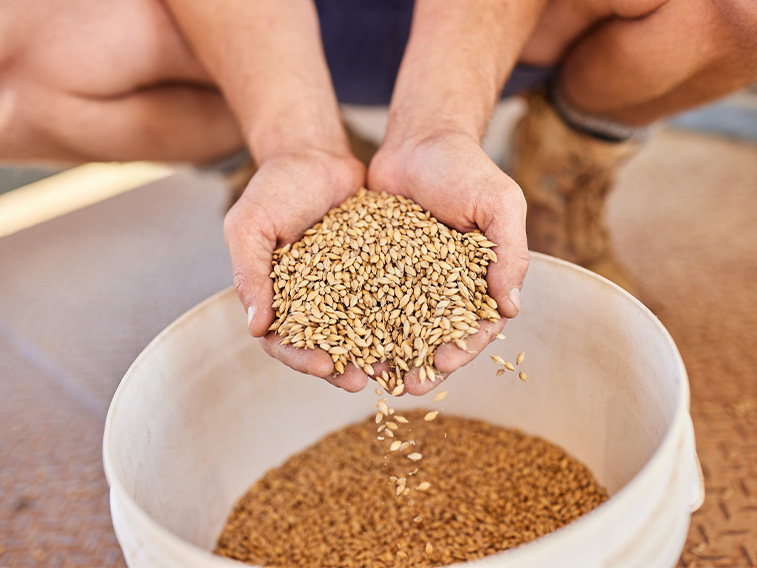A key step to protect your family wealth over the long term is ensuring you are not reliant on a single asset or sector


Article
Weed control activities are costing Aussie farmers around $1.5 billion a year and herbicide resistance is on the rise. Whilst wide rows make it easier for machinery to pass through stubble they increase the need for herbicide. A return to narrower rows could be part of a balanced solution.

Moisture loss and soil erosion are two of the biggest challenges for Australian farmers. In temperate crop areas of Australia, retaining post-harvest stubble, particularly from winter cereals, can have a positive impact on both. As the practice becomes more widespread, many farmers are widening their row spacing, beyond 18-20 centimetres so that machinery can pass more easily through heavy stubble loads. But, in a business as complex as farming, most changes bring unintended – and sometimes undesirable – consequences. In the case of wider rows, the most important are the impacts on grain yield and weed control.
“Retaining stubble has created the opportunity for weed seed, that used to be cultivated out or destroyed by burning stubble, to survive into the next season,” says Dr Brendan Scott, Adjunct Professor in the Faculty of Science, School of Agricultural and Wine Sciences, Charles Sturt University, Wagga Wagga. “Crops in wider rows can also be less competitive with weeds than those in narrower rows.”
Initially, the obvious solution was to manage weeds with herbicides but, as the use of chemicals increased, more weeds developed resistance to them. In June 2014, the Grains Research and Development Corporation (GRDC) reported that there’s now at least 39 weed species in Australia with resistance to one or more different types of herbicide.And, according to the Department of the Environment, weeds are currently costing Australian farmers around $1.5 billion a year in weed control activities and a further $2.5 billion a year in lost agricultural production.
“In agriculture, evolutionary changes mean the goalposts keep moving,” says Scott. “At the moment, some farmers can use a full spectrum of herbicides effectively, so they have no problem with sowing in wide rows. Others have large numbers of weeds that are resistant to a wide range of herbicides. Some farmers even have different responses to herbicides in different paddocks on their farm.”
Clearly, the new challenge for farmers is finding ways to reduce their reliance on herbicides.
Michael Widderick, Principal Research Scientist, Queensland Government Department of Agriculture, Fisheries and Forestry, has found that narrow row spacing and increased crop density can make a significant difference to in-crop weed populations and even reduce weed germinations in the following fallow. The results are encouraging but farmers considering a return to narrower rows will need to look again at how they use their sowing machinery.
“It isn’t as easy to get the machinery through narrow row spacing but it can be done,” says Scott. “For example, you could set the tines further apart within the row and add rows of tines so that you’re sowing in reasonably narrow rows. Or you could use a disk seeder, which can generally get through more stubble and open up the option of narrowing your row space.”
Scott believes it’s a question of finding the right balance for each set of circumstances. “Non-chemical methods of weed control don’t have to be seen as alternatives to herbicidal control,” he says. “They can be used in conjunction with herbicides to gain control of the weed seedbank more rapidly and to lengthen the useful life of herbicides.”
He also points out that the options and decisions you make will depend on both your crop and your location. “One of the main considerations is rainfall,” he says. “Row width will have less impact in a low rainfall area with a lighter and more manageable stubble load than in a high-yielding area which, in Australia, means an area with high rainfall. Here, wide rows can reduce yield and very heavy stubble loads can hamper long-term weed control, so the benefits of narrower rows will be more pronounced.”
More from NAB:
© National Australia Bank Limited. ABN 12 004 044 937 AFSL and Australian Credit Licence 230686.